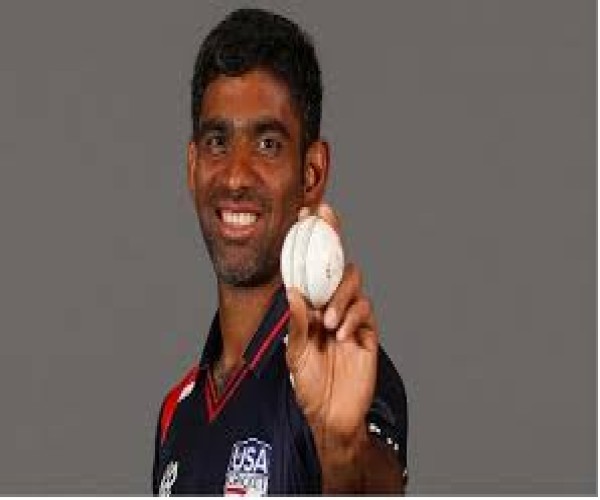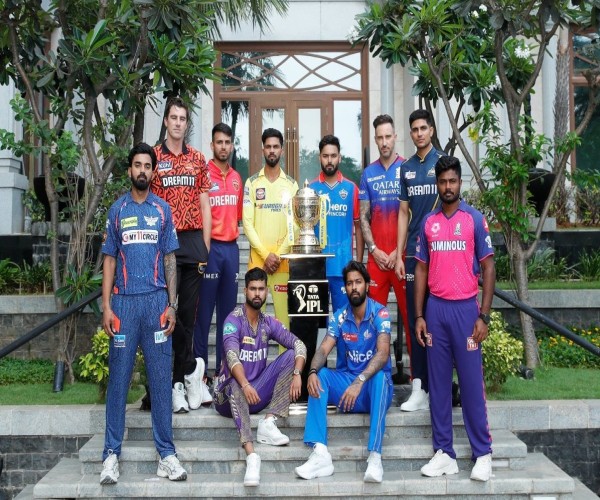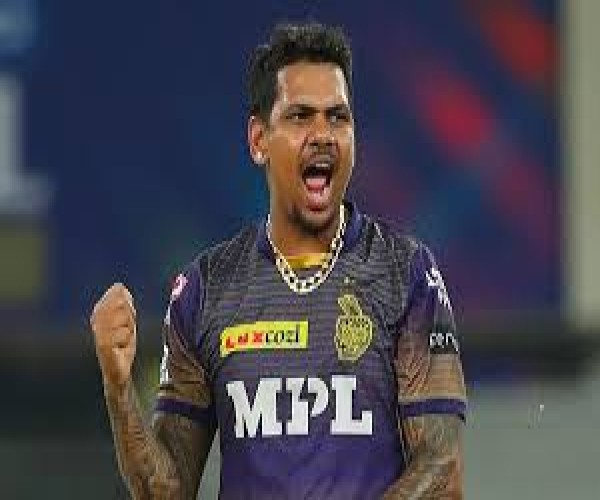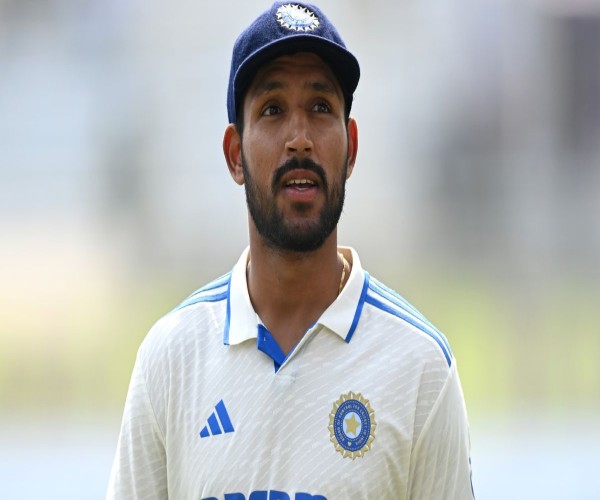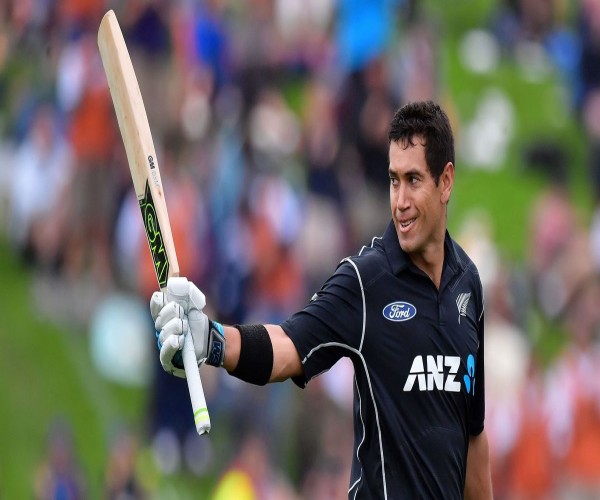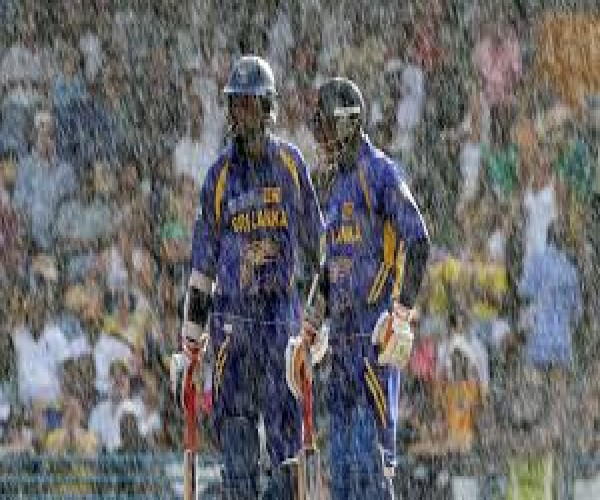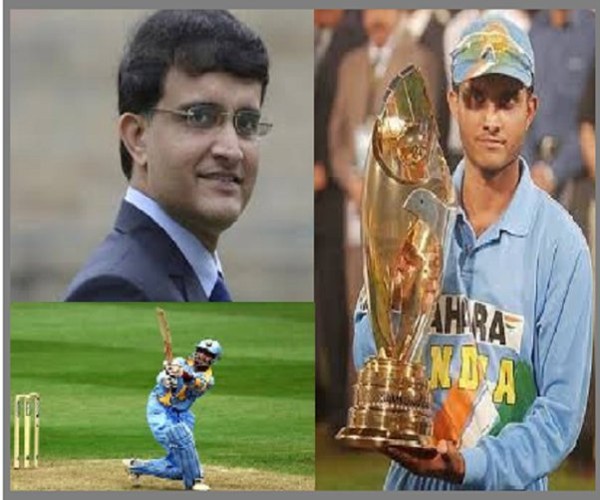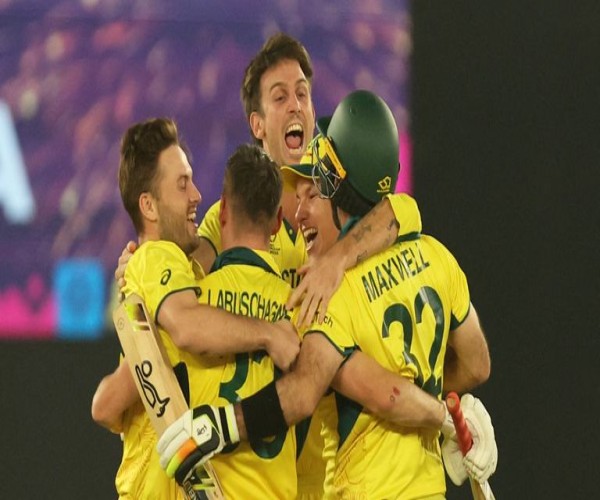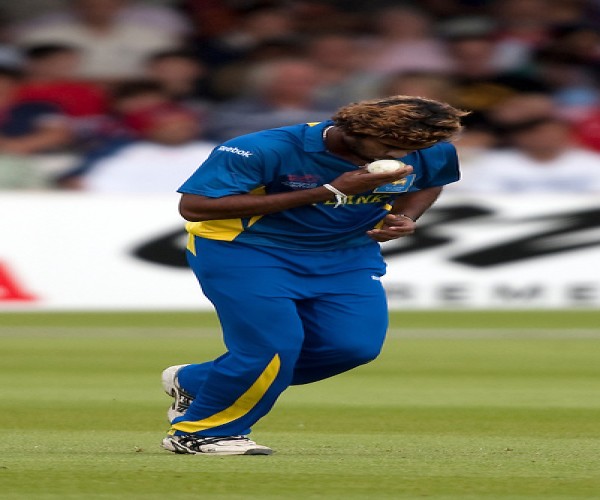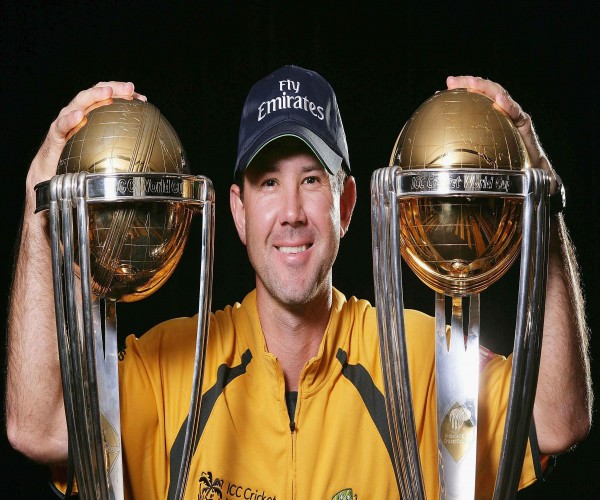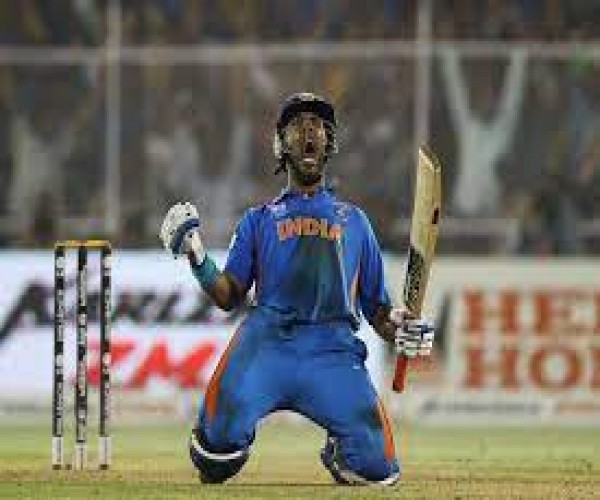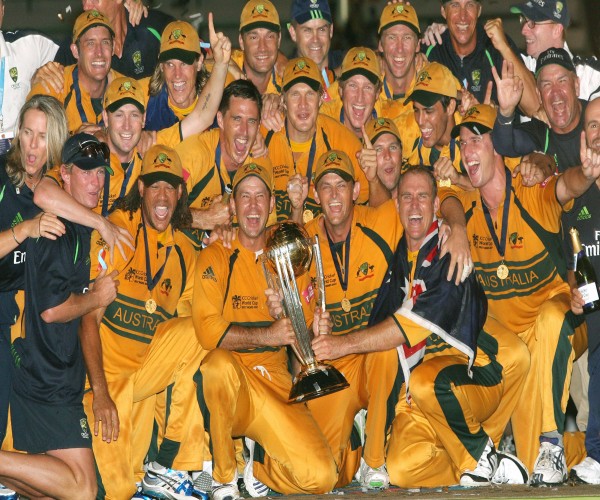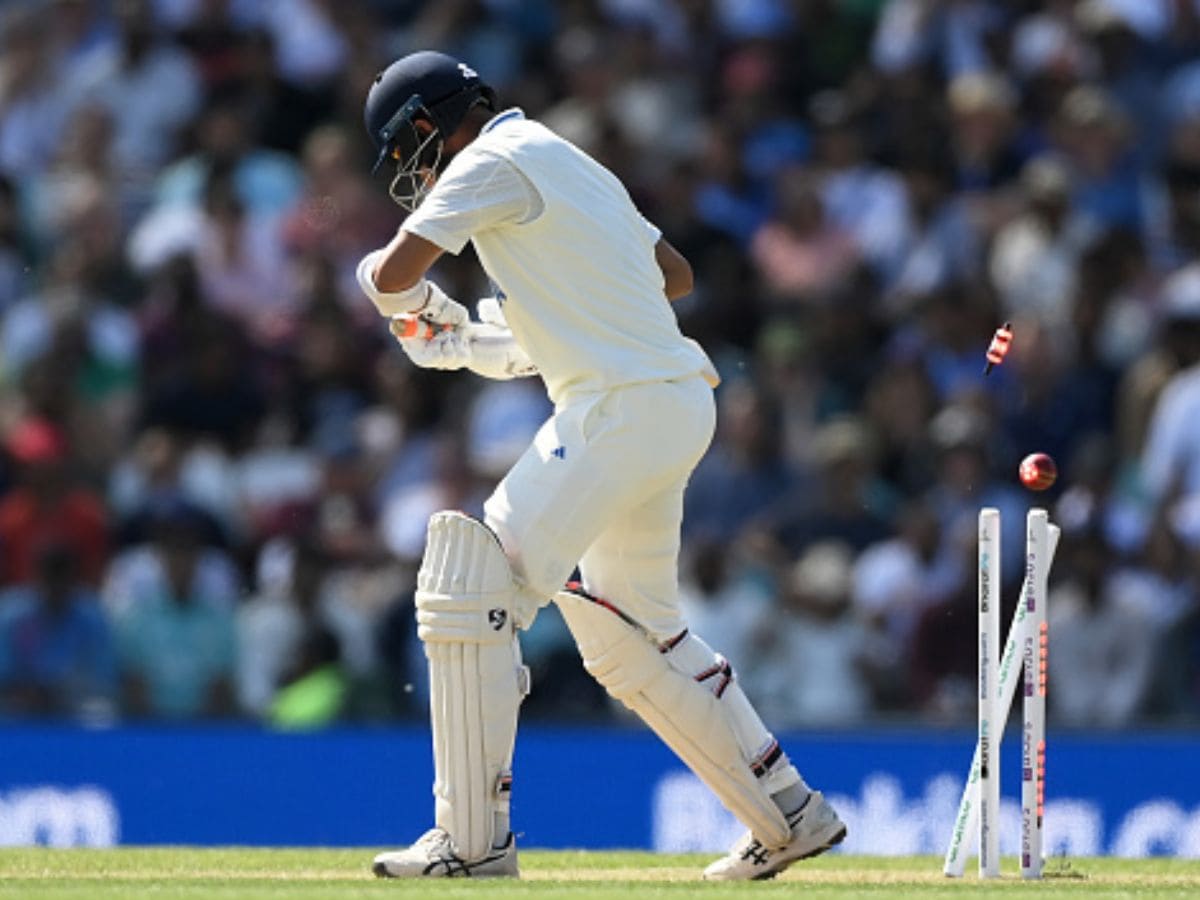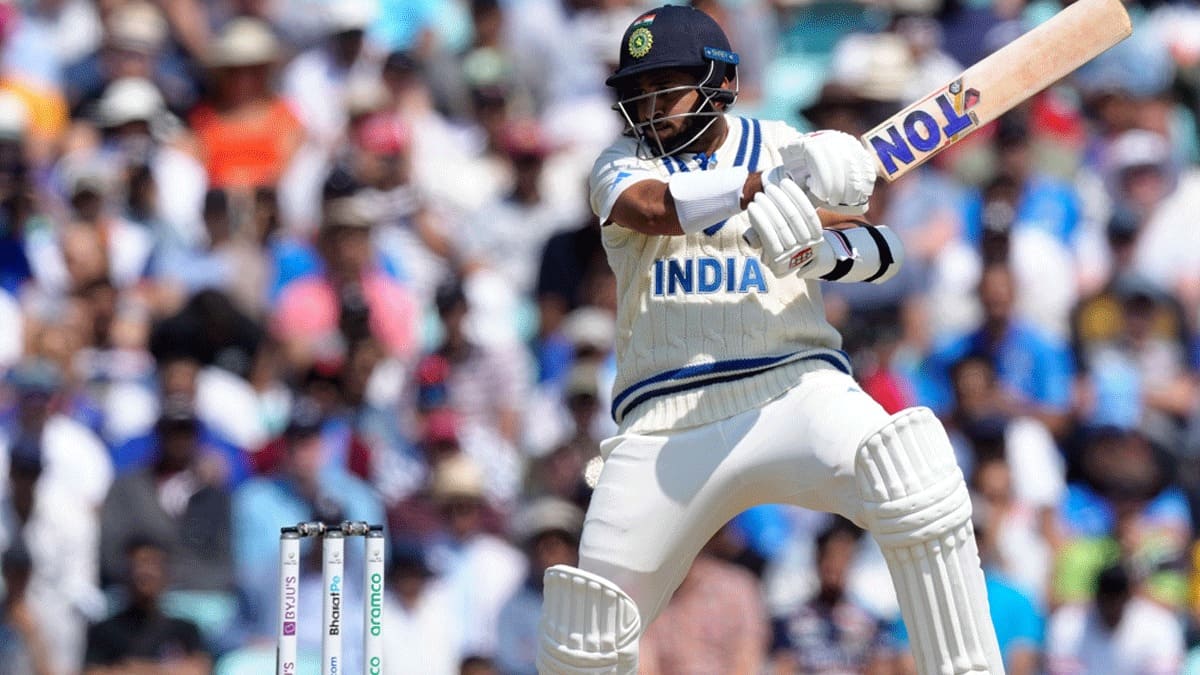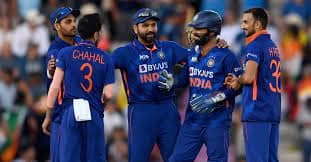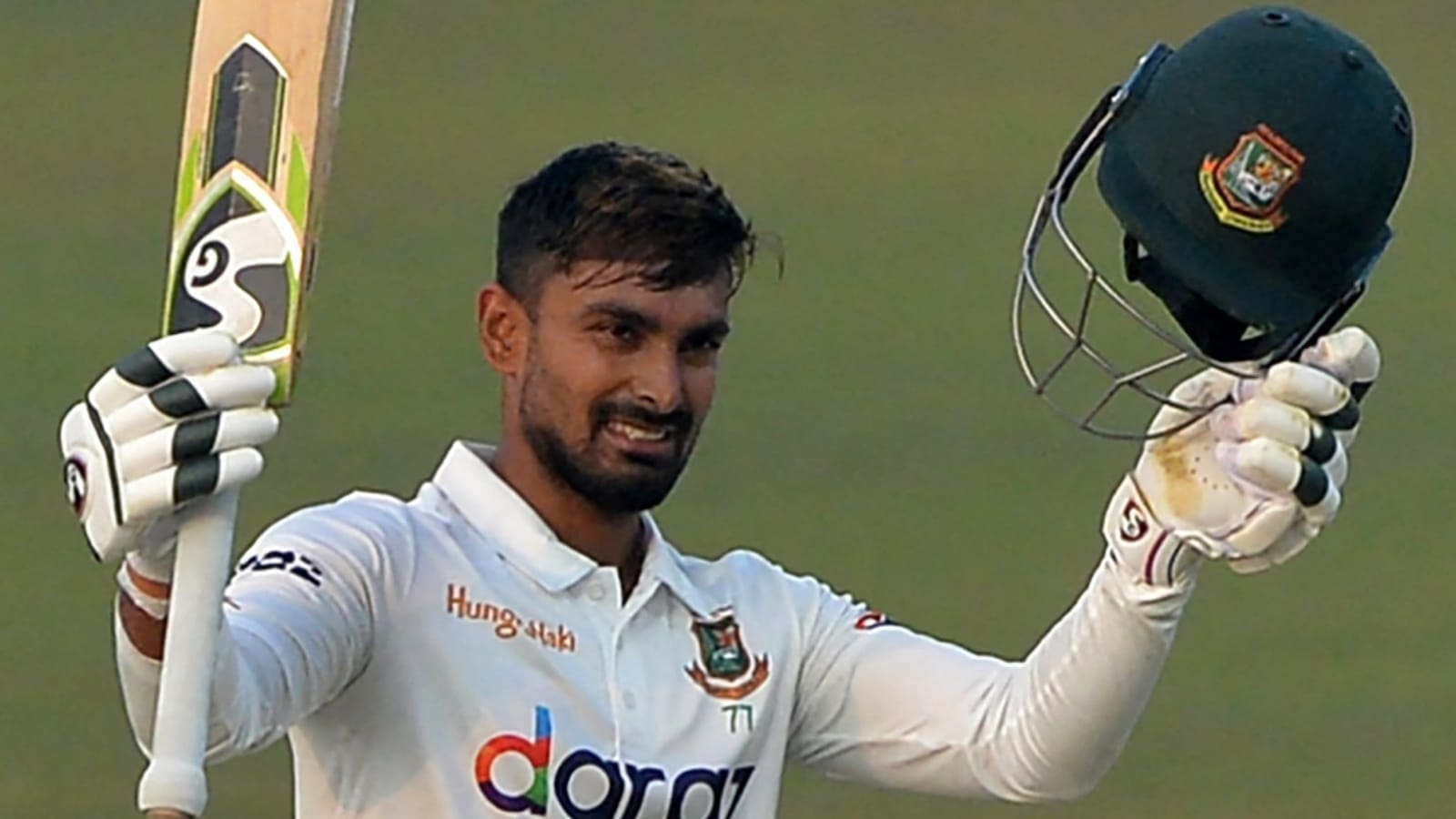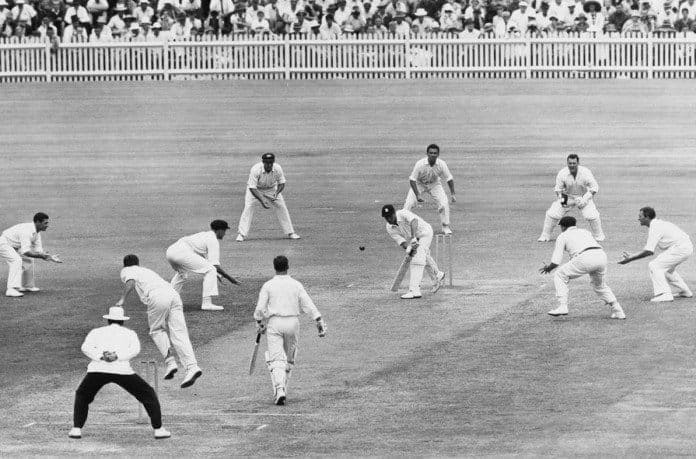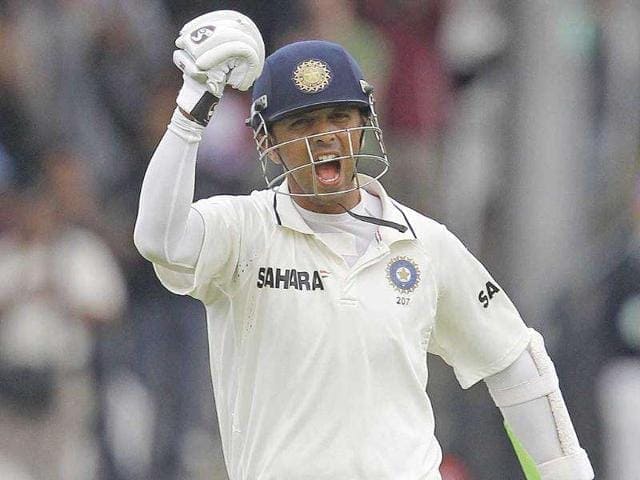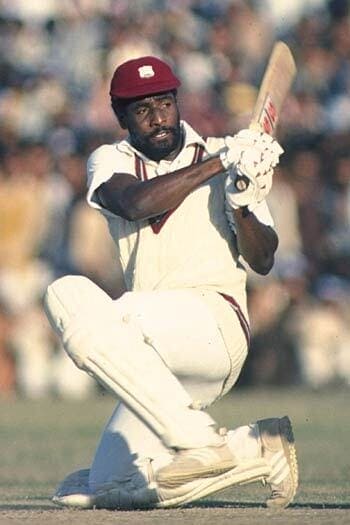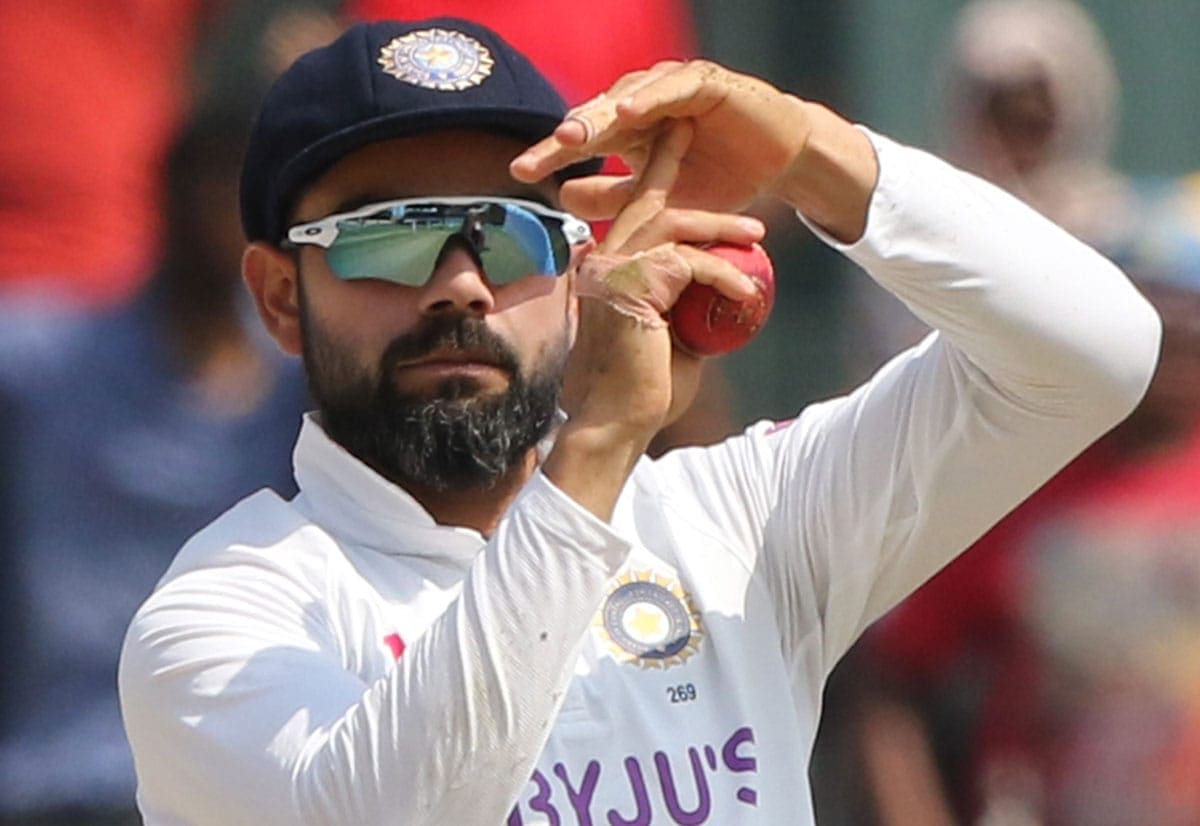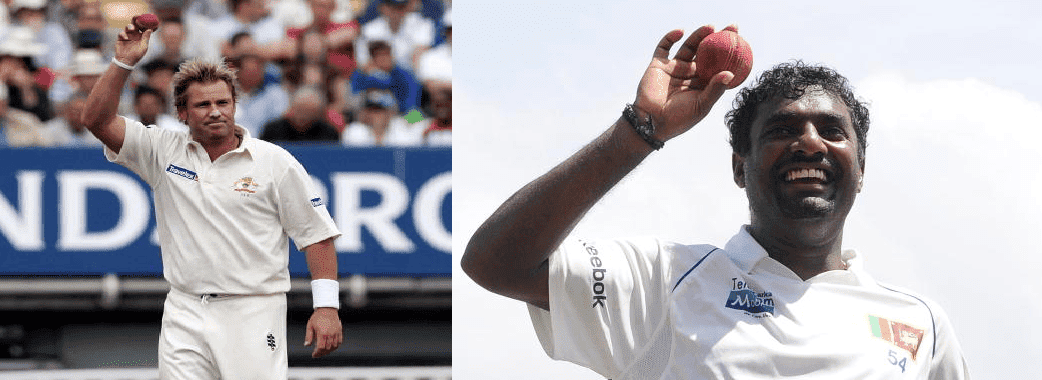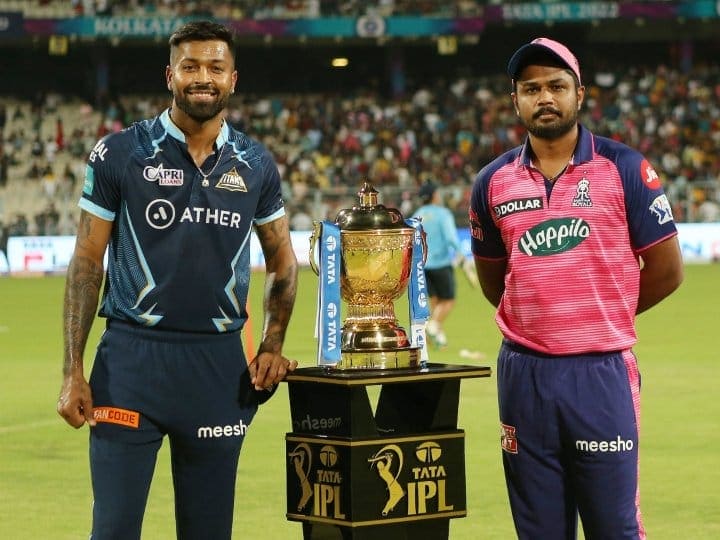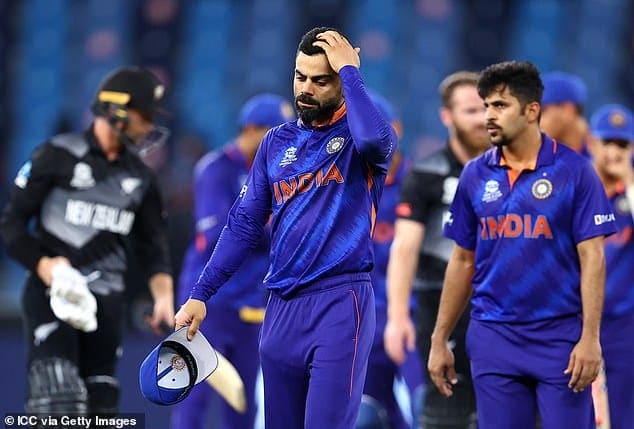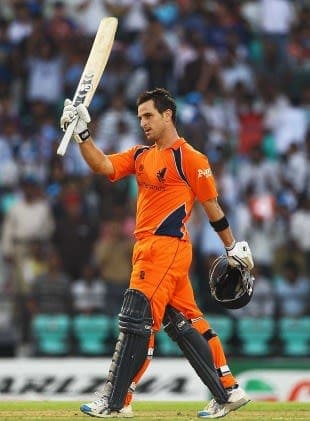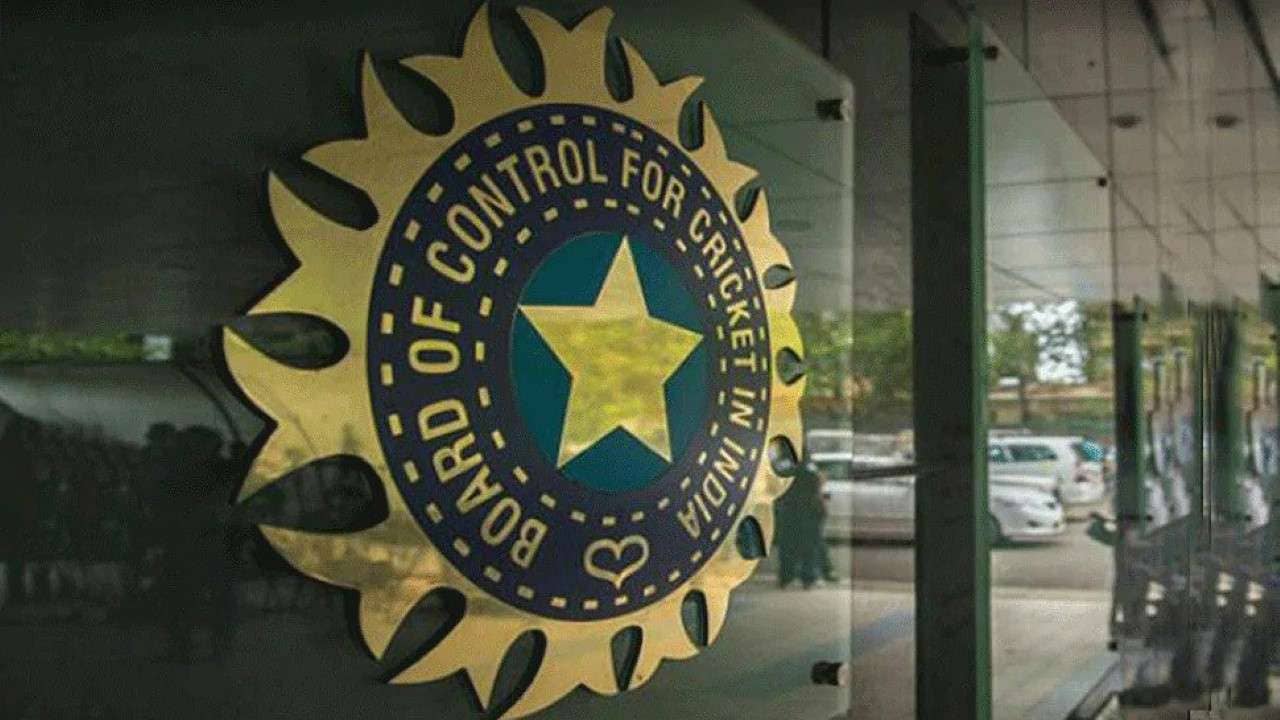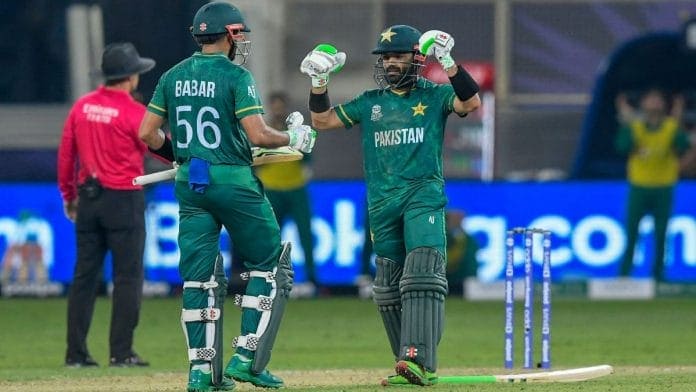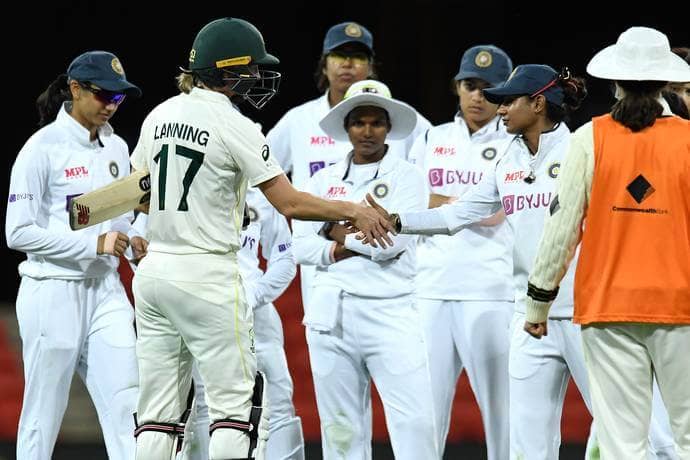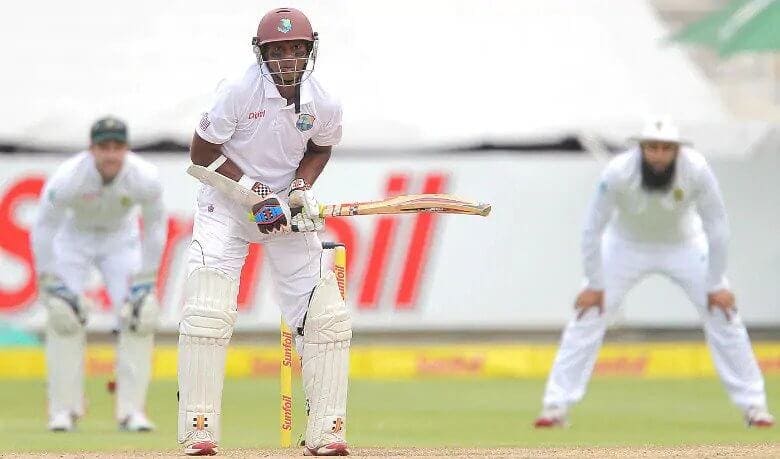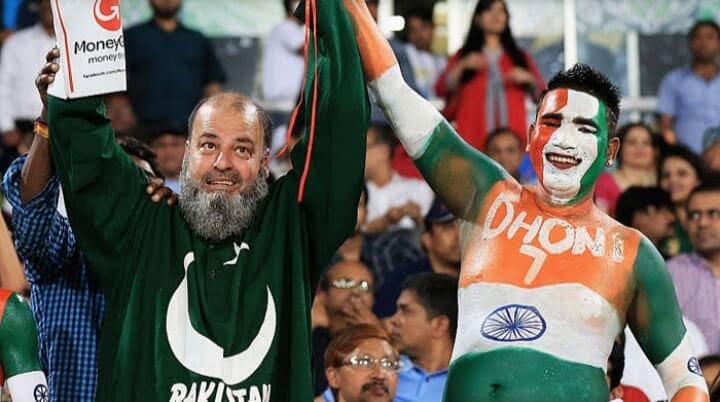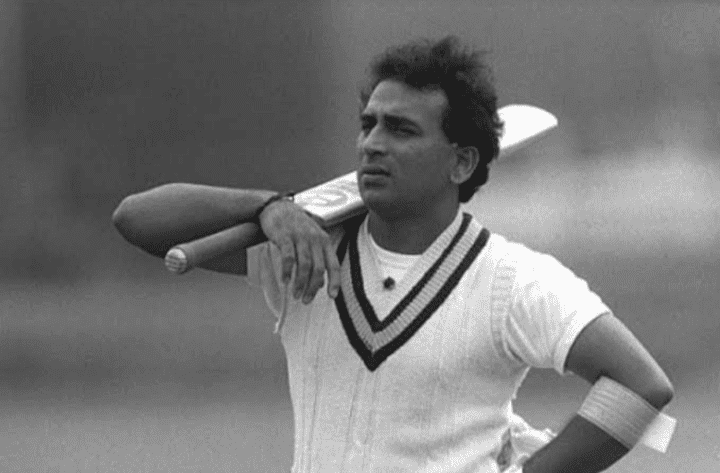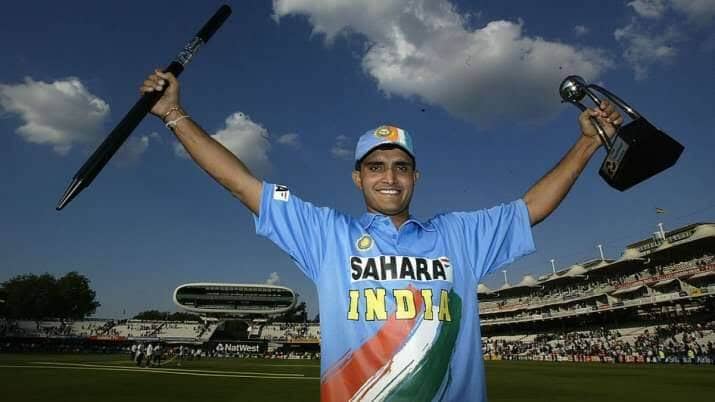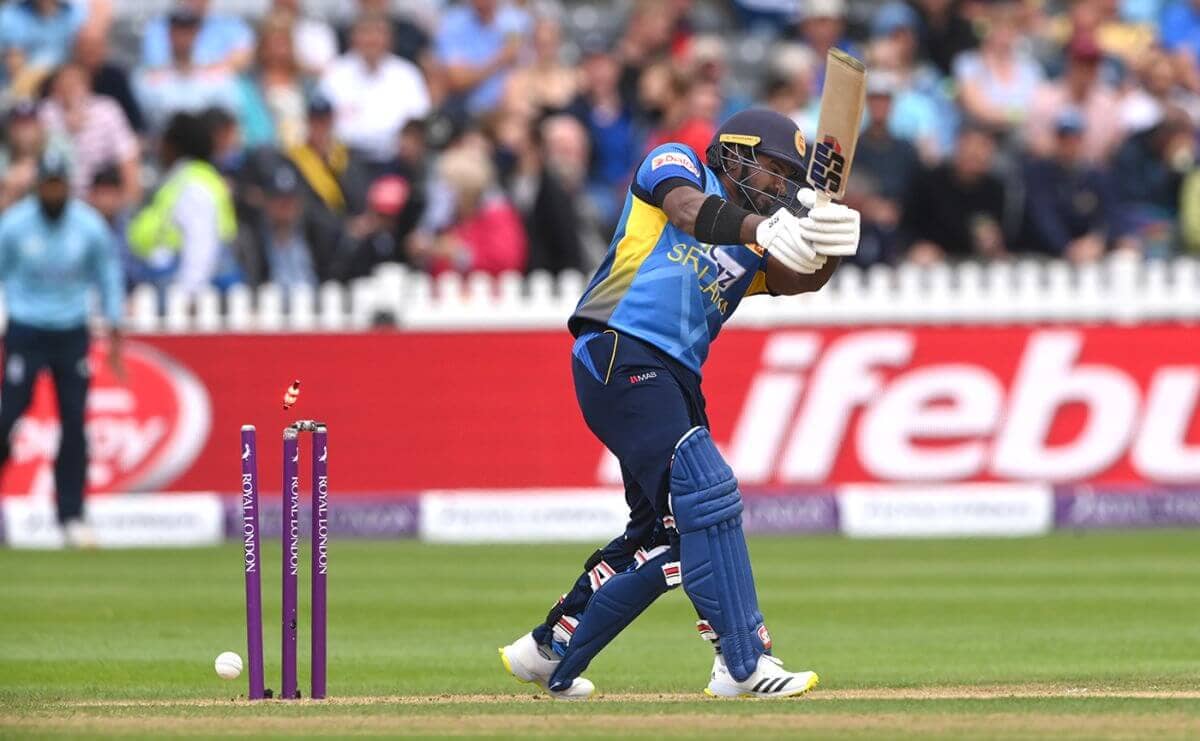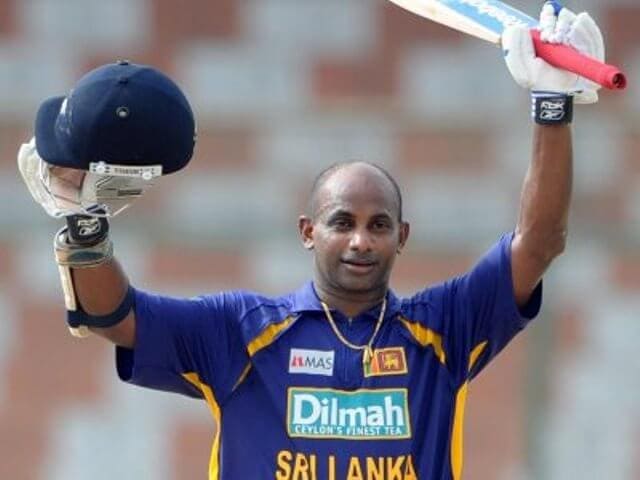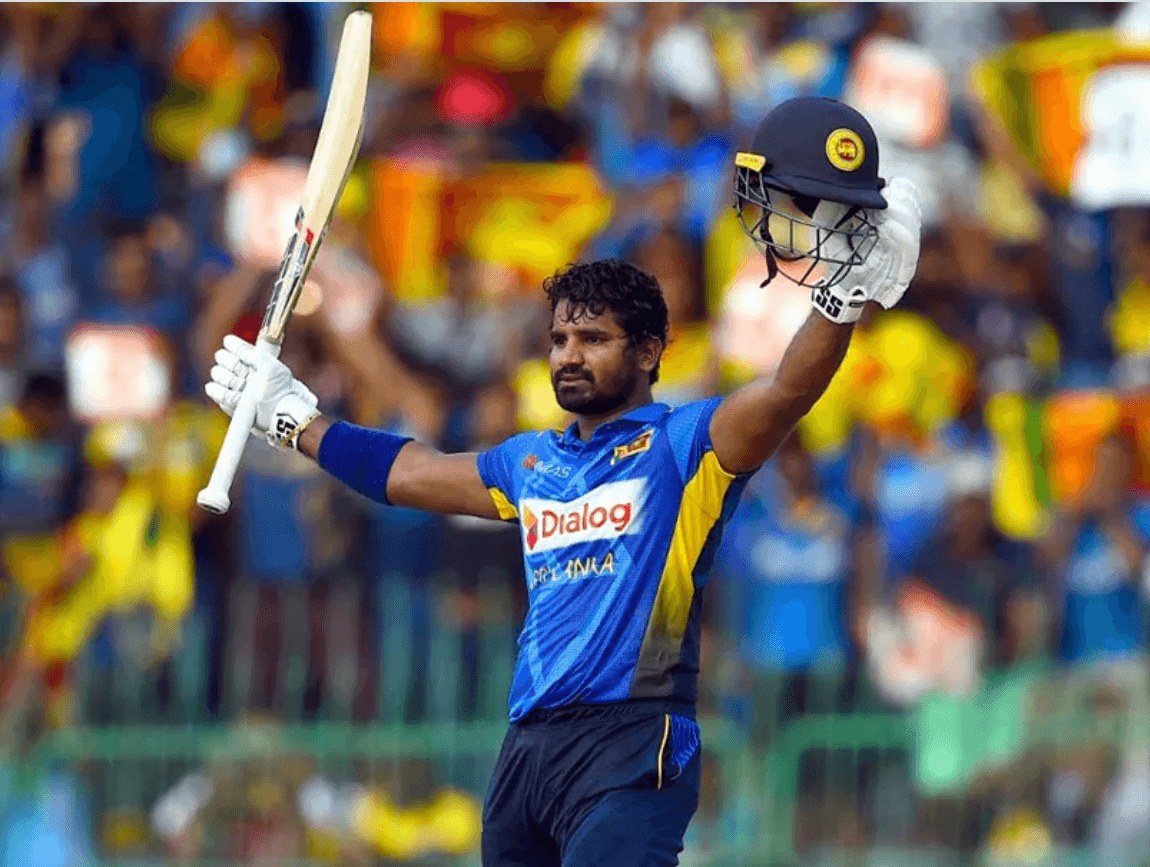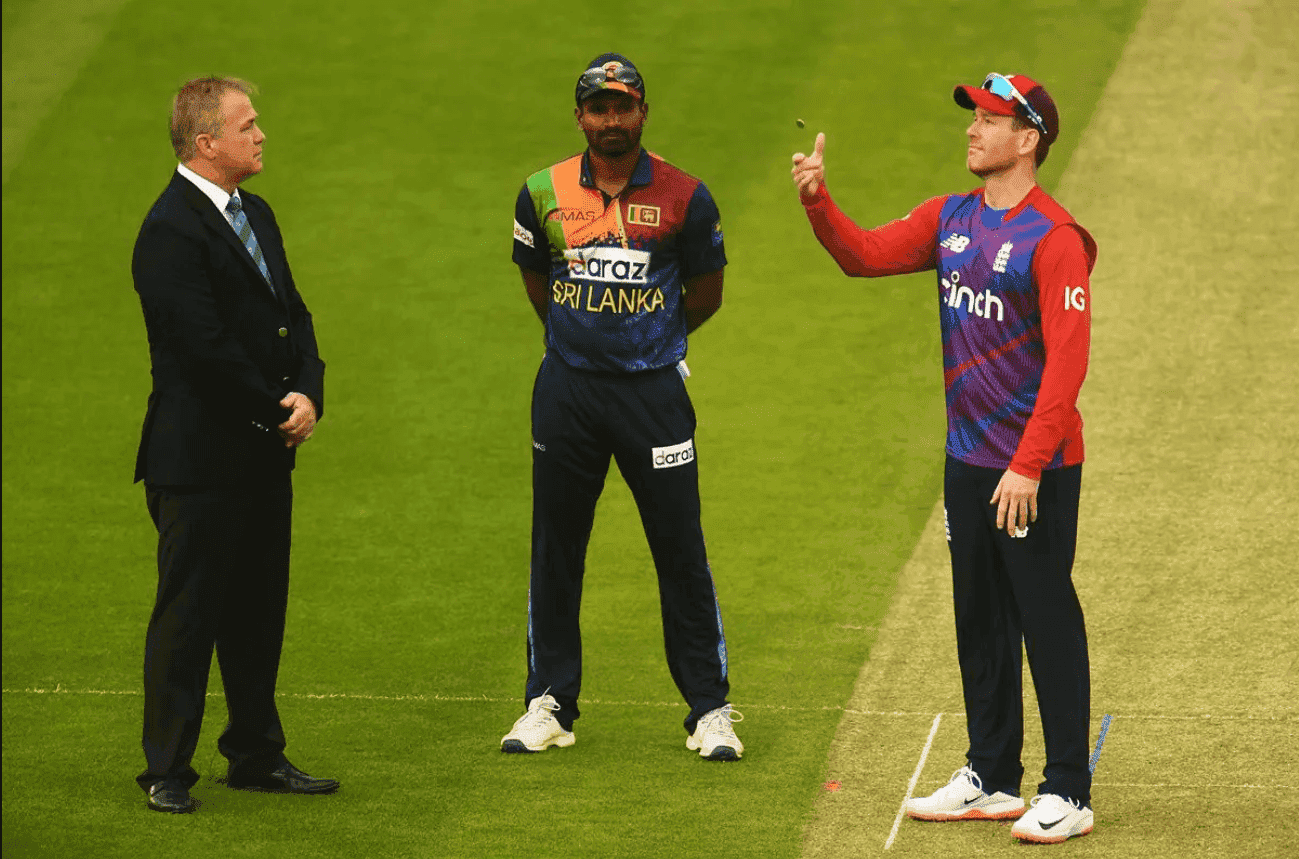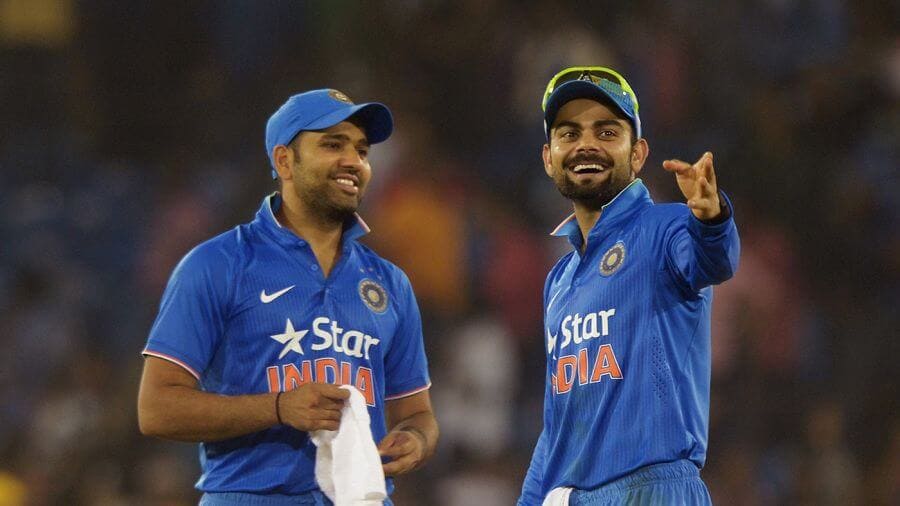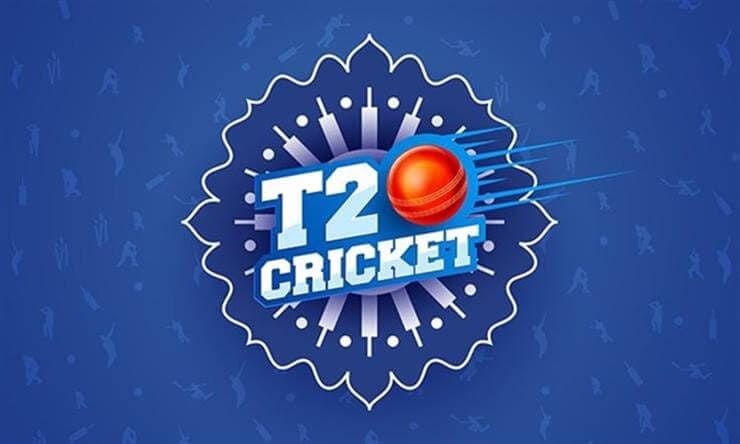
White-ball cricket has brought anarchy to the sporting world. But then, so did Kevin Pietersen when he decided that switching sides - at the crease, not on the team sheets - would be a better way to deal with spinners. Both remain matters of taste and judgment, but maybe this anarchy is what a sport as unpredictable as cricket thrives on.
T20 cricket: Boon or Bane?
According to some, this format of the game has been nothing but a harbinger of unwelcome change. It was only when Rishabh Pant hit a full-blooded cover drive to win the Gabba Test for his country that even the more traditionalist Indian followers of the game started to come around to the idea of modern cricket.
Defining “modern” cricket is a near-impossible task, mind you. This holds true especially because this sport remains one of the few ones in the world which has so many variations in it. The boundary sizes have shrunk over the years (even if the stadiums themselves have been resistant to change). Similarly, the size of one’s willow, the way batters warm up before their games, and the importance of finances in the game have all changed due to the advent of what fails to remain the shortest format of cricket.
Yet, T20 cricket remains the biggest attraction to this sport. It grabs the most eyeballs, and it’s the reason why countries are playing less and less of Test cricket as the days go by. With a World Cup dedicated to the format being played for the first time in four years, this is as good a time as any to review the impact it has had on the game.
Restructuring of global power
It is true that the BCCI had been gaining significant leverage in the international body of the game - the ICC - from the start of the millennium. But it was with the advent of the Indian Premier League that the country transcended into a place of unquestionable authority both in terms of power and players.
It took some time for the national team to catch up to the massive influence which the BCCI wields at the international level, but T20 cricket has certainly opened up enough room for India to be the best team in the world. Their reserves won them a series Down Under despite the absence of most major names, and it has established a period of international dominance which shows no signs of slowing down.
Rise of franchise-based cricket
The Indian Premier League itself has foreshadowed the rise of similar leagues around the world. None of them are quite at par with the quality which the IPL provides, but this fact has not negated the flow of finances into the traditionally non-existent sphere of franchise cricket. Many international cricketers have given up on the security of a traditional contract with their national boards, instead opting for the independence and more rewarding experience of being with franchises for the same period.
It is evident that cricket in the future will see an even starker shift to domestic T20 leagues, which will open up avenues for traditionally underrepresented regions of world cricket. The entire team of Afghanistan - and spinners like Lamichhane - are examples of how beneficial T20 cricket can be to those the elitist nature of Test cricket does not give a space.
Changes in techniques
Coming to the game itself, the changes afflicted upon, or gifted to the cricketers of the current generation has had a significant impact on their playing styles as well. While crossing boundaries into the longer formats of the game remains a confusing process, there have been both positive and negative effects on cricket.
Players like Rishabh Pant and David Warner have injected a previously unexplored kind of adrenaline into Test cricket. While it remains to be seen whether such unorthodox ways of playing the game can be transposed into the sacred format of the game at a sustainable rate, certain players have shown consistency is achievable with any kind of attitude in the middle as long as it is backed up by confidence.
Tactical warfare in dressing rooms
Test cricket has also become much more dependent on data and analytics for plotting out tactics for a team’s gameplay. It was a process of trial and error for specialists employed in this field to measure how much information a player should be given before playing against a particular opposition, and whether they would be able to retain this in an effective manner.
Now, we see even the more instinctual of captains be dependent on the analysis of their experts to derive ‘match-ups’, formulate bowling tactics, and bring about a fresh take on the game. This does not align itself with the traditional image of the game, where skippers are essentially lone wolves out in the middle. But this change has been for the better, with a more collaborative setting in the management making for a more streamlined team performance in the middle.
Amalgamation of different eras
The greatest thing about the advent of T20 cricket, by far, is how it hasn’t been jarring in the context of the wider sport. While the popular leagues remain too concise and glamorous for the liking of the old-timers, recent evidence has started to turn many of them into converts about the benefits of T20 cricket.
This format is by no means perfect in its current form - just like the rest of the sport - but it certainly has made the game a more poetic one to watch. While on one end the likes of Washington Sundar hit the ball off the middle of their enlarged bats, after all, the other end will always have space for the likes of a Pujara, carefully guarding the sacredness of Test cricket rather than giving in to the pressure against changing the status quo of the sport.
This adds an extra layer of oxymoronic tension to the sport. Neither the format, nor this tension, nor our game is about to go anywhere in a hurry.


